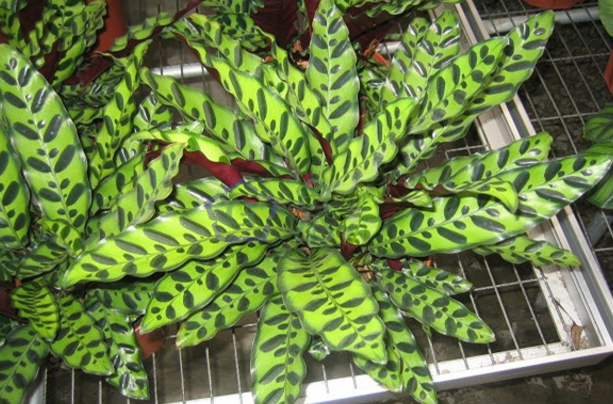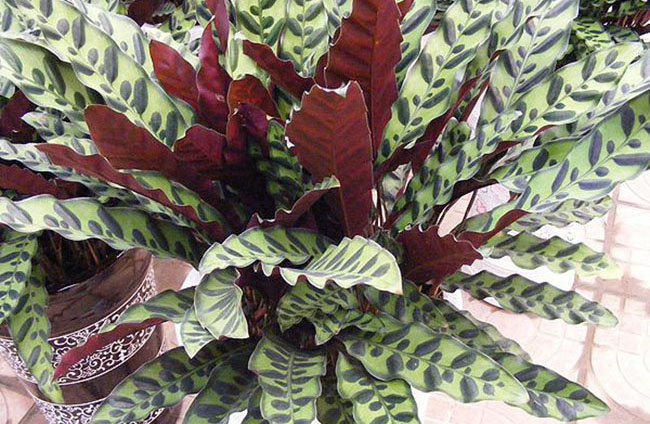eye disease Learn more about eye disease
-
How to treat Brazilian tortoise white eye disease

How to treat Brazilian tortoise white eye disease
2018-09-08 -
Prevention and treatment of White Eye Disease of Water Turtle in Guangxi

Guangxi imitating water turtles, commonly known as stone turtles. With the development of aquaculture, the diseases of water turtles have increased in recent years, and "white eye disease" is one of the more common and harmful epidemics. The prevention and treatment methods of "white eye disease" are introduced as follows. First, symptoms of white eye disease: the sick tortoise eyes are inflamed and congested, the eyes are enlarged, the eyelids and nasal mucosa are eroded, there are white spots or abnormal objects in the eyes, and the appearance of the eyes is covered by yellow and white secretions, commonly known as "white eye disease". The sick tortoise is lethargic, slow in response and slow in movement. it scratches its eyes with its forelimbs from time to time and often floats on the surface of the water.
2019-01-16 -
There are many causes of eye lesions in chickens.

Sihe Township, Sihong County, Zhao Deyue reported on the phone that a month ago, he entered a batch of chicks, a total of 2000, and is now 35 days old. At the age of 25 days, some chicks showed tears in both eyes, and in the later stage, the eyelids were edema, and some chickens became blind on one side or completely blind in both eyes. at present, there are about 50 chickens suffering from the disease every day, and a total of 300 chickens have the disease. Sick chickens shrink their necks and stand stillly, do not eat much, gradually lose weight, scratch their eyes with claws, and have milky white thickens in their eyes when they want to be blind. Use cephalosporins, roxithromycin, gentamicin, etc.
2019-01-16 -
What if pigeons shed tears in their eyes? Treatment of tears in pigeon eyes

Pigeon eye cold is an easily recurrent disease, which will affect the pigeon's eyes and breathing, so it is necessary to control the disease in time. Let's take a look at the causes and treatment of pigeon tears: the symptoms of pigeon tears show scratching.
2020-11-08 Pigeons eyes tears how to do treatment pigeons -
Is the Cat's Eye Taro poisonous? breeding methods

Cat's eye taro leaves are broad, and the round black spots on the leaves are like the eyes of pandas, which are interesting and suitable for indoor decoration and beautification. But many people are worried about whether its color is toxic, so let's explore it together.
2019-01-28 -
Prevention and treatment of white eye disease of tortoise

Prevention and treatment of white eye disease of tortoise
2018-09-08 -
Disease Control of Cat's Eye Taro

The main results are as follows: 1. the incidence rate of white silk disease is higher. When the plant suffers from white silk disease, the stems and leaves near the soil will rot and change color, resulting in a radiating white pathogen, filamentous virus, and then the bacterial infection expands and changes to dark brown, spreading the whole plant and eventually leading to plant death. It is important to note that
2018-11-19 -
Itching and dryness of bovine eyes can lead to blindness. It is the right time to prevent and cure bovine ophthalmosis in spring.

Itching and dryness of bovine eyes can lead to blindness. It is the right time to prevent and cure bovine ophthalmosis in spring.
2018-07-11 -
Symptoms and preventive measures of bovine pink eye disease

Symptoms and preventive measures of bovine pink eye disease
2020-04-21 -
Matters needing attention in Tiger Eye evergreen Culture

Evergreen loves the sun, but it can't be illuminated by strong light. The temperature in spring, autumn and winter will not be very high. In order to give the tiger's eyes evergreen sunlight, when it is hot in summer, half of the sun needs to be covered. Temperature and humidity Tiger Eye loves a cool and dry environment, and it will dormant when the temperature falls below 10 °.
2018-11-19 -
What disease is parrot fish eye protruding?

What disease is parrot fish eye protruding?
2018-09-07 -
Matters needing attention in Culture of Cat's Eye Taro

The main results are as follows: 1. When changing the basin every other year, it is appropriate to choose a slightly acidic soil with rich humus, which is fertile, loose, good in permeability and drainage. 2. The common pests in pest control are shell insects, red spiders and so on. For scale insects, according to the disease,
2018-11-19 -
Causes and treatment of yellowing of leaves of Amorphophallus maoyanensis

Improper lighting of cat's eye taro likes shade, excessive light may cause plant leaves to burn, yellow spots appear on the leaf surface, and cause cat's eye taro leaves to wither and turn yellow. in this case, cat's eye taro should be moved to the indoor shade. If the light is too little, the leaves can not get enough light, and chlorophyll cannot be formed.
2018-11-19 -
The latest culture methods and matters needing attention of cat's eye taro

Cat's eye taro, a perennial herb, is named cat's eye taro because the stripes on the leaves are very similar to the panda's eyes. Cat's eye taro is native to the islands of tropical America and the Indian Ocean. It also belongs to a tropical plant.
2020-11-10 The latest cat's eye bamboo taro culture methods and matters needing attention -
Culture methods and matters needing attention of Cat's Eye Taro

Culture methods and matters needing attention of Cat's Eye Taro
2018-08-13 -
The Culture method of Cat's Eye Taro

1. Temperature cat's eye taro is a kind of plant native to the tropics, which is relatively resistant to high temperature, so if you want to raise a good cat's eye taro at home, put the growth environment of cat's eye taro in a growth environment of 20-30 degrees. The growth temperature in winter should be maintained at about 16-18 degrees.
2018-11-19 -
Culture methods and Disease and Pest Control of Cat's Eye Taro

Cat's eye bamboo taro growth habits like warm, humid and bright environment, not cold-resistant, not drought-resistant, afraid of hot sun exposure, the growth period should be fully watered to keep moist, but the soil should not be stagnant water, it is appropriate to use loose and fertile soil with good drainage and permeability, and slightly acidic soil rich in humus.
2019-02-28 -
Black-eyed Susan how to raise black-eyed Susan breeding methods and matters needing attention

Black-eyed Susan is a plant introduced and cultivated from abroad in China, which is mainly ornamental to flowers. Black-eyed Susan's flowers are similar to chrysanthemums. In other words, they are commonly found in orange, and the stamens in the middle of the flowers are black, so they are so named. Now the people who raise black-eyed Susan
2020-11-08 Black eye Susan how raise breed method and matters needing attention -
Identification points of healthy Rabbit and diseased Rabbit

The healthy rabbit has bright eyes, active and clever eyes, quick response, lying or lying on its side to rest, eyes fully open when awake, eyes half-closed during false bedtime, eyes completely closed during sleep, and ears raised as soon as they are alarmed. If it is found that the rabbit is slow to react and has no mind in its eyes, it is sick. 2 the healthy rabbit has a strong appetite, eats more and fast, chews forcefully, grabs the cage door with his front claws before adding materials, jumps, and is eager to ask for food. If it is found that the rabbit does not eat food or moves very slowly and wants to eat but does not eat, it is a sign of illness.
2019-01-16 -
Excision of third eyelid polyp in dogs

Dog third eyelid polyp is also known as "cherry eye". Due to glandular hypertrophy and other reasons, inflammation occurs when the nictitating membrane is flipped from the inside to the outside of the eye, which increases eye secretions and presents symptoms of conjunctivitis. Hypertrophy of superficial nictitating membrane glands is common in clinic. it can occur in one or both eyes. It is a common eye disease in pet surgery. The routine treatment with eye drops, eye ointment and antibiotics often has no effect. The effect of surgical resection is satisfactory and there is no recurrence. In clinical work, surgical resection was performed in more than 20 cases of the disease.
2019-01-16
